The happiest street in the world, the street where the four seasons of the year live together at the same time, the only street on Earth that I wish would never end, rich in sounds, abundant of breezes, beautiful of meetings, ancient of blood: Rambla de Barcelona.
- Federico García Lorca
Nowhere speaks to the vibrant atmosphere of Barcelona more evocatively than La Rambla, a bustling mile-long boulevard that cuts its way through the very centre of the Catalan capital. From lovers to locals, acrobats to human statues, street-sellers to florists, butchers to musicians, jugglers, artists and much more, La Rambla pulses with the sheer variety of humanity in all its guises at all hours of the day and night.
You might sometimes hear La Rambla getting a bad rap, and some of the complaints are certainly justified - many of the restaurants and bars here are tourist traps, whilst unwary visitors are easy pickings for scammers and pickpockets. But with a modicum of common sense you’re unlikely to encounter any problems on La Rambla, and no visit to Barcelona would be complete without a stroll along its length. Here are 9 things you should know about La Rambla before you make the journey!
La Rambla began life as a sewer
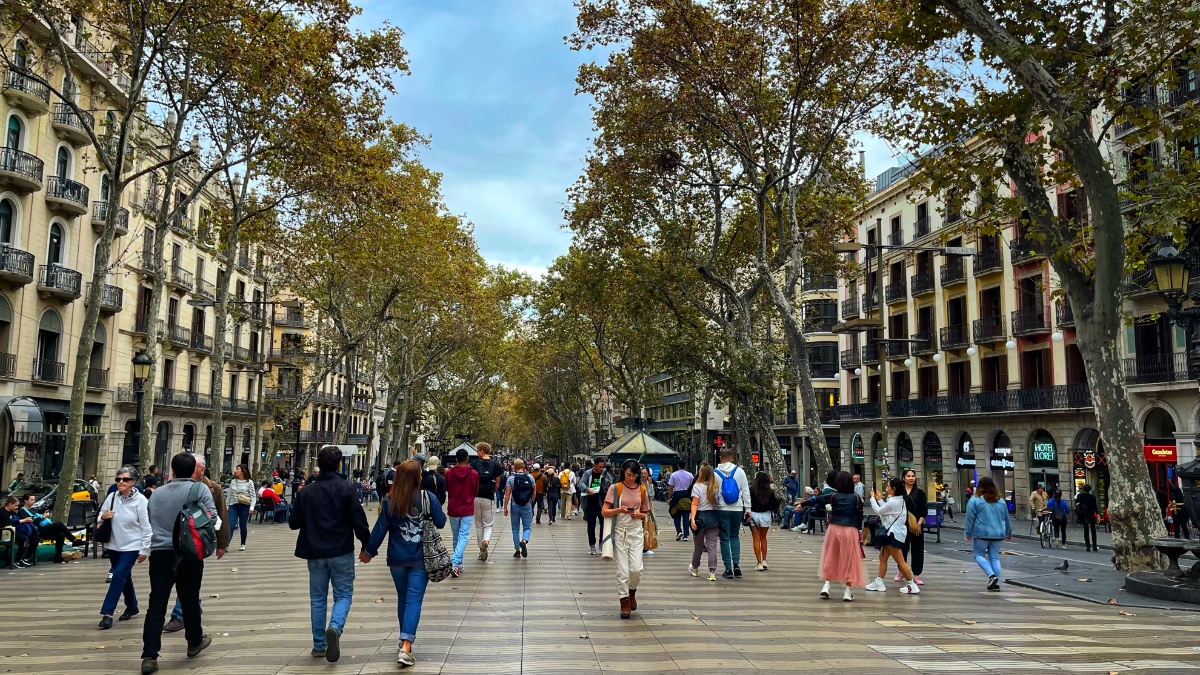
The name La Rambla derives from the Arabic word “ramla,” which means a sandy or muddy area. The famous street that we know today was once a seasonal riverbed that snaked its way down to the sea along the perimeter of Barcelona’s old town, and in the middle ages served as an open sewer that sluiced floodwaters from the hills as well as less desirable substances away from the Gothic city centre. In the 15th century the city authorities decided to divert the course of the sewer and pave over its meandering course. The ensuing street quickly became an important thoroughfare thanks to its strategic location dividing the historic city centre from Barcelona’s suburbs, the ‘city outside the walls’ that is now known as the Raval neighbourhood. Various churches, monasteries and markets sprang up along its route, and as Barcelona rapidly expanded in the 18th and 19th centuries La Rambla developed into the city’s principal artery.
La Rambla is actually five separate roads joined together
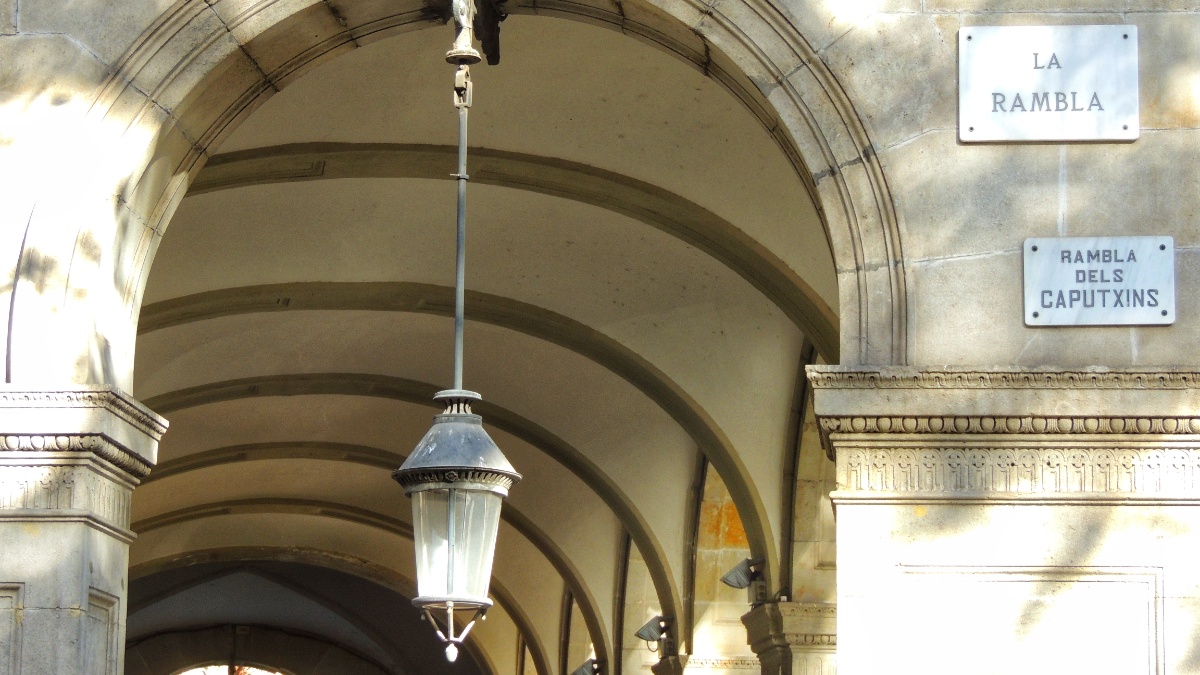
You might hear some people referring to La Rambla alternatively as ‘Las Ramblas,’ and for good reason. The street is actually divided into five separate sections: from its northern boundary at Placa Catalunya, these are respectively Rambla de Canaletes, Rambla dels Ocells, Rambla de Sant Josep, Rambla dels Capuxtins and Rambla de Santa Monica. Las Ramblas is the Catalan plural for La Rambla, a reference to the five stretches that make up the nearly mile-long route.
La Rambla is home to Barcelona’s Best Food Market
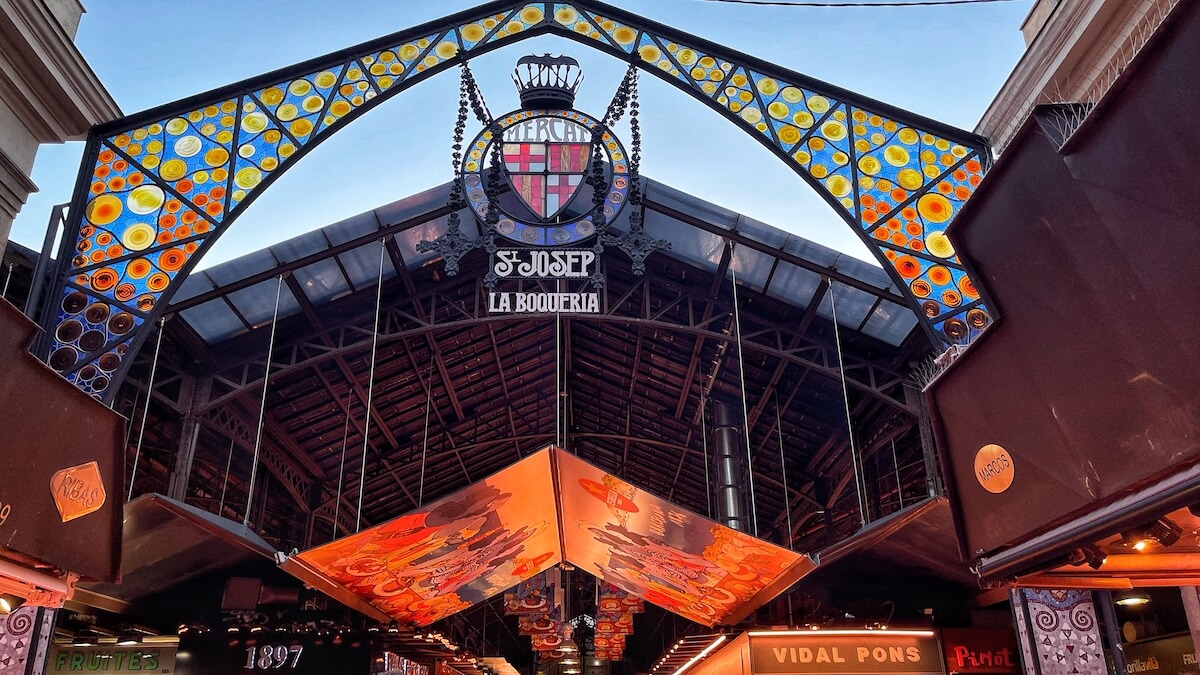
Located just on the Rambla de Sant Josep, La Boqueria is Barcelona’s most important market. Market traders have been plying their wares on La Rambla as far back as the 13th century, when legend has it that a functionary of King Ferdinand III of Castile granted a local citizen the right to sell goat meat - known as boc in Catalan - here, giving birth to the rudimentary Boqueria market. As it was located just outside the city walls, traders were exempt from taxes on their produce, making the site popular with merchants. The present market dates to the 19th century, when traders moved their stalls into the grounds of the burned-out convent of St. Josep - hence its official name of Mercat de Sant Josep de la Boqueria. The stunning modernist building was completed in 1914 to designs by Josep Mas i Vila.
Joan Miro designed a mosaic for La Rambla
Thousands of visitors to Barcelona traipse across an artwork created by one of the greatest Catalan artists of the 20th century without even knowing it. Joan Miro was born on the Passatge del Crèdit just off La Rambla de les Flors, and in 1976 the now elderly artist put his stamp on the area with this colourful circular mosaic picked out in bold primary colours - blue, yellow and red - that perfectly capture the organic, intuitive nature of his artistic practice. In accordance with the will of the artist himself, the mosaic is not protected from the feet of passersby or the wear and tear of the street, becoming in the process an intrinsic and indelible part of daily life in Barcelona.
The Casa Bruno Cuadros boasts an incredible modernist facade

This stunning modernist building is one of the most memorable sights on La Rambla, and a reminder of the influence that oriental culture and design had on the evolution of Barcelona’s late 19th-century avant-garde movement. The beautifully detailed facade, which features a fabulous Chinese dragon holding a lantern, stained glass windows and decorative motifs representing umbrellas, was the work of architect Josep Vilaseca, who was commissioned to update Bruno Cuadros’ umbrella shop in 1883.
Barca fans gather at the Font de Canaletes to celebrate victories
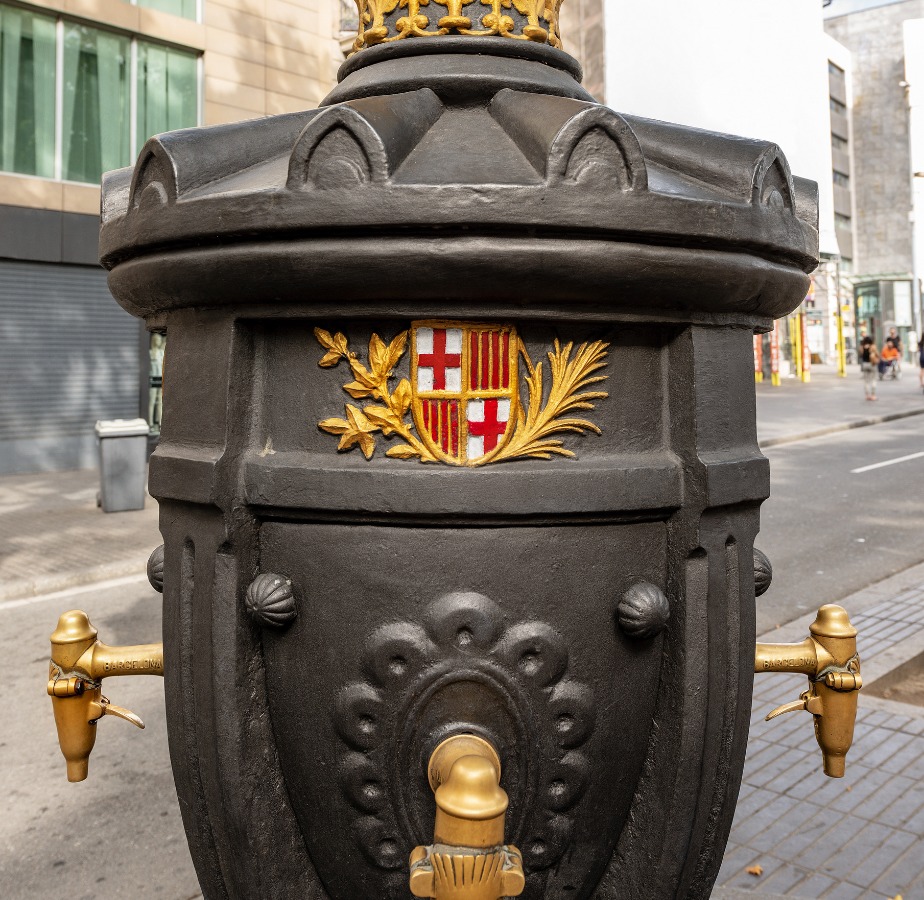
This small, ornate water fountain topped by a lamp post is an unofficial gathering point for Barcelona’s avid football fans, who have been congregating here to celebrate victories since the 1930s. In those days the offices of La Rambla newspaper were located across the road from the fountain, and so supporters would gather here to be the first to hear the results of away games coming across the wires. According to local lore, anyone who drinks water from the Font de Canaletes ensures their eventual return to the city.
La Rambla is home to Barcelona’s oldest theatre
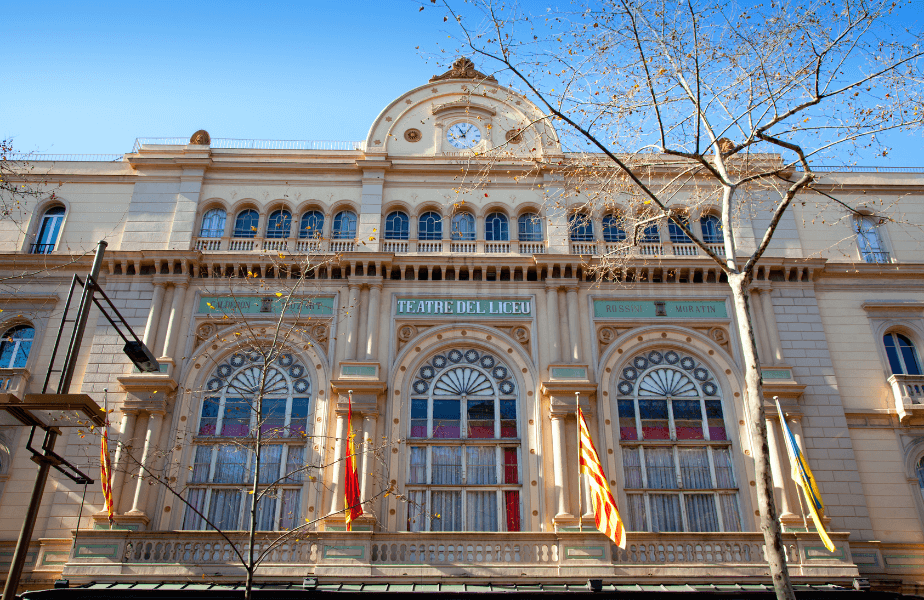
The spectacular Gran Teatre del Liceu opera house opened its doors at the heart of La Rambla in 1847, making it Barcelona’s longest running theatre. Until 1989 the Liceu was also Europe’s largest opera house with a capacity of over 2,300, and its ornate interior harks back to the golden age of the 19th century theatre. Enter through a Grand Foyer studded with columns and glittering chandeliers, before ascending the marble staircase into the Liceu’s frescoed Saló dels Miralls (Hall of Mirrors). Finally take your place in the auditorium itself, which has seen the debut of many of the greatest singers in Catalan musical lore. The Liceu was gutted by a devastating fire in 1994 and subsequently painstakingly rebuilt in all its period detail.
One of Gaudi’s earliest masterpieces hides in plain sight nearby

Situated just metres off La Rambla on the Carrer Nou de la Rambla, the Palau Güell is one of Catalan master modernist architect Antoni Gaudi’s finest early masterpieces. Built for Gaudi’s wealthy patron, the industrialist Eusebi Güell (who also commissioned the Parc Güell across town), this extraordinary and somewhat forbidding palace is designed in an inventive neo-gothic style. Ornamental details include wrought iron arabesques, stained glass windows and exotic tiles inspired by Islamic design. The interior features immense blocks of sandstone and meaty granite columns; the light streaming in from the stained glass windows above gives the impression of a futurist re-imagining of a medieval cathedral - something that Gaudi would develop further in the incredible Sagrada Familia across town in the coming decades.
Christopher Columbus Gazes Down on La Rambla
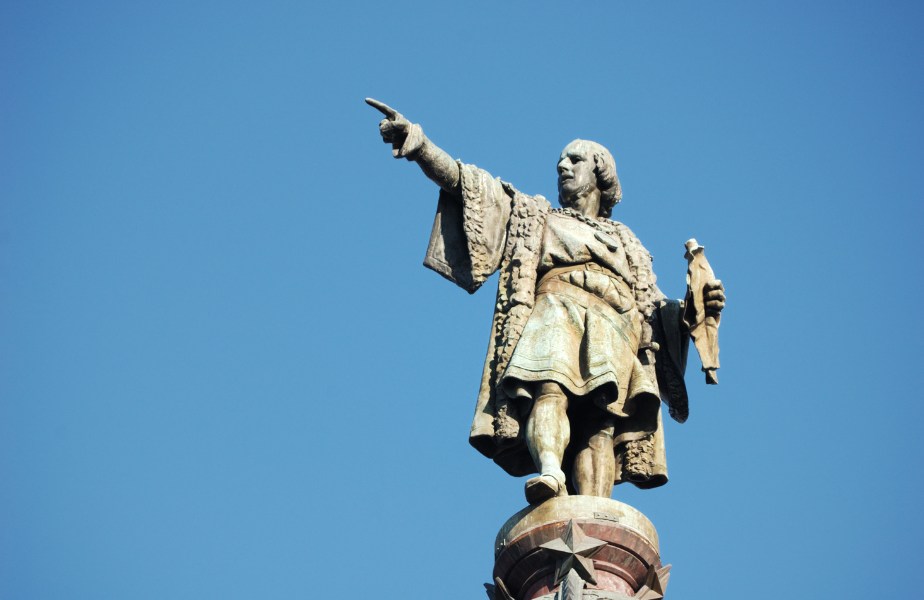
Towering above the southern end of La Rambla, a massive statue of the explorer Christopher Columbus stands atop a 130-foot tall Corinthian column. The monument was completed in 1888 after a public competition, just in time for that year’s World’s Fair which was held in the Catalan capital. Columbus raises his right hand and points out to sea, while bas relief panels on the plinth below depict scenes from the explorer’s life. Within the narrow column, an elevator whizzes its way to the top, affording visitors spectacular views over Barcelona.
We hope you enjoyed our guide to Barcelona’s vibrant La Rambla! Through Eternity offers expert-led tours of Barcelona, including visits to La Rambla. If you’re planning a trip to the Catalan capital, then be sure to check out the range of Barcelona itineraries we offer on our website.

